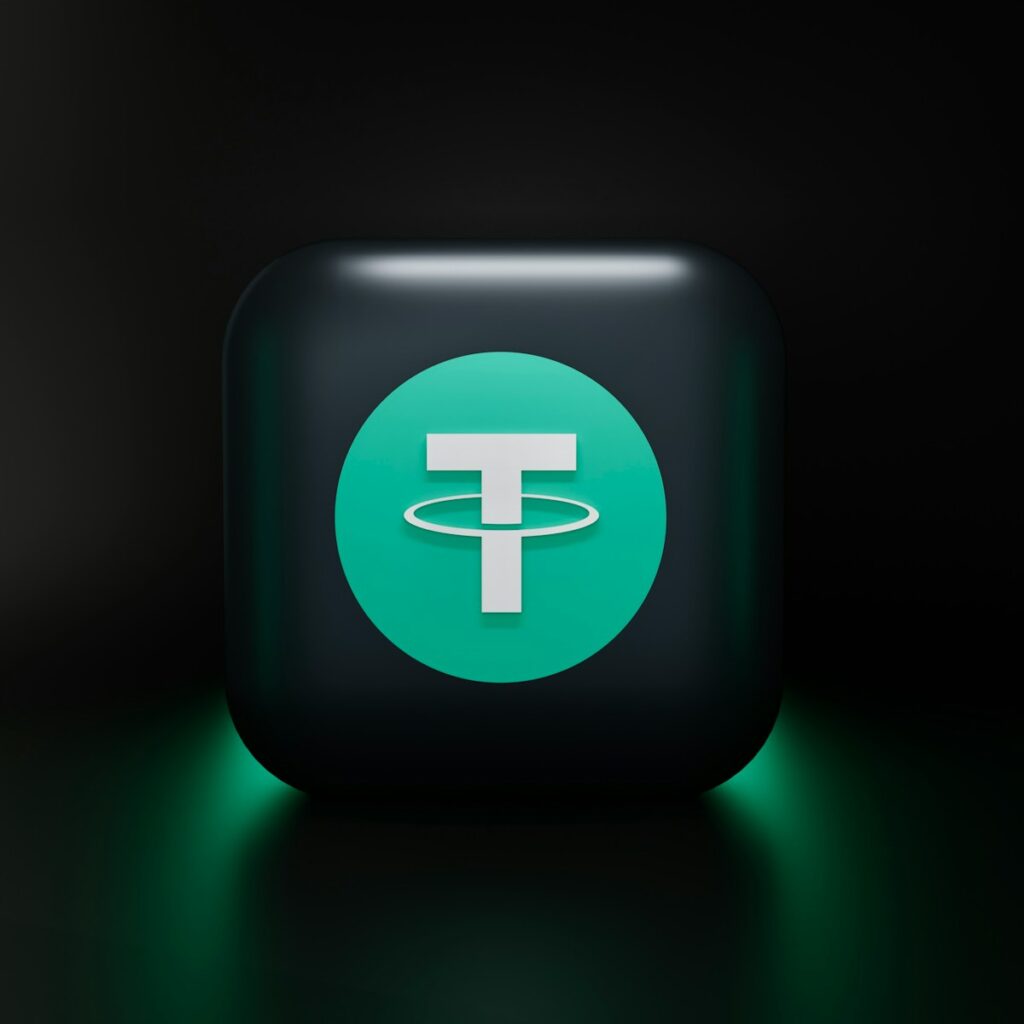Main Points:
- JP Morgan predicts that the EU’s MiCA regulation could negatively impact Tether’s USDT due to stringent requirements on stablecoin reserves.
- MiCA mandates that 60% of stablecoin reserves be held in European banks, necessitating significant changes in Tether’s reserve management strategy.
- Despite the challenges, Tether remains optimistic about MiCA and continues to emphasize its transparency and security measures.
- The regulation could lead to a reshaping of the stablecoin market in the EU, affecting both issuers and users.
The European Union’s new comprehensive cryptocurrency regulation, known as MiCA (Markets in Crypto Assets), has sent ripples through the digital asset industry. Financial giant JP Morgan has expressed concerns that this regulatory framework could pose significant challenges to Tether’s USDT, the world’s largest stablecoin by market capitalization. The MiCA regulation, which was formally approved in June 2024, includes strict guidelines for stablecoins, particularly regarding reserve management, consumer protection, and transparency. These regulations are set to reshape the operational landscape for stablecoin issuers in the EU, and Tether is at the forefront of these changes.
Understanding MiCA and Its Implications
MiCA is the European Union’s response to the rapid growth and adoption of cryptocurrencies. The regulation aims to provide a clear legal framework for digital assets while ensuring consumer protection and market stability. One of the key components of MiCA is the regulation of stablecoins, which are digital assets pegged to traditional currencies like the US dollar.
Under MiCA, stablecoin issuers must adhere to stringent requirements, including holding sufficient reserves to back the value of their tokens. Notably, MiCA mandates that at least 60% of these reserves be held in European banks. This provision is intended to ensure that stablecoins are adequately collateralized and that their value remains stable even during market turbulence.
JP Morgan’s report highlights that this requirement could be particularly challenging for Tether, as it would necessitate a significant overhaul of its current reserve management strategy. Tether, which has historically maintained a portion of its reserves in US Treasury bonds and other non-European assets, may need to shift a substantial part of its holdings to European financial institutions. This could increase operational costs and complicate Tether’s reserve management.
JP Morgan’s Concerns and Tether’s Response
JP Morgan’s analysts have pointed out that complying with MiCA’s reserve requirements could exert considerable pressure on Tether. The need to place 60% of reserves in European banks might limit Tether’s flexibility in managing its assets, potentially affecting the liquidity and stability of USDT. Furthermore, the heightened scrutiny and auditing standards imposed by MiCA could lead to increased operational challenges for Tether and other stablecoin issuers.
In response to these concerns, Tether has maintained a confident stance. A spokesperson for the company argued that JP Morgan’s assessment reflects a misunderstanding of the cryptocurrency industry’s dynamics. Tether emphasizes that it has consistently demonstrated transparency and security in its operations, surpassing traditional financial institutions in many respects. The company remains optimistic about the long-term implications of MiCA, suggesting that the regulatory clarity it brings could ultimately benefit the stablecoin market.
Tether has also highlighted its efforts to increase the proportion of safe assets within its reserves. For example, in the second quarter of 2024, Tether’s holdings of US Treasuries exceeded $97.6 billion, marking a new record. This level of reserves places Tether among the top holders of US Treasuries globally, surpassing even some nation-states. Despite this, the company has not disclosed specific details about where its reserves are held, especially regarding European banks, which could be crucial for future compliance with MiCA.

The Broader Impact on the Stablecoin Market
MiCA’s influence extends beyond Tether, as it is poised to reshape the entire stablecoin market in Europe. The regulation could lead to increased operational costs for stablecoin issuers, particularly those outside the EU, who may now need to establish more substantial relationships with European banks. This could deter some stablecoin issuers from operating in the European market or lead to a consolidation among existing players.
The regulation has already had a tangible impact, with cryptocurrency exchanges such as Uphold and OKX delisting USDT from their European platforms following MiCA’s introduction. These actions suggest that the market is beginning to adjust to the new regulatory environment, and further delistings or shifts in market dynamics could occur as MiCA is fully implemented.
For investors and users of stablecoins, MiCA could provide enhanced security and transparency. However, it may also lead to reduced availability of certain stablecoins within the EU, depending on how issuers respond to the new requirements. This could encourage the development and adoption of alternative stablecoins that are fully compliant with MiCA or prompt existing issuers to innovate in order to meet the new standards.
Tether’s Strategic Outlook
While the challenges posed by MiCA are significant, Tether is likely to continue adapting its strategies to maintain its position as a leader in the stablecoin market. The company’s emphasis on transparency and its substantial reserve holdings provide a strong foundation for navigating the regulatory landscape. However, the need to comply with MiCA’s stringent requirements could lead to changes in how Tether operates, particularly in Europe.
In the long run, Tether and other stablecoin issuers may find that MiCA’s regulatory clarity helps legitimize their operations and foster greater trust among users and investors. By adhering to these regulations, stablecoin issuers could enhance the stability and security of their tokens, making them more attractive to a broader audience.
The introduction of MiCA marks a new era for the cryptocurrency industry in Europe, with significant implications for stablecoin issuers like Tether. While JP Morgan has raised valid concerns about the challenges Tether may face under this new regulatory framework, the company’s ongoing efforts to enhance transparency and security suggest that it is well-positioned to navigate these changes. As the stablecoin market continues to evolve, the impact of MiCA will become clearer, potentially setting new standards for the global cryptocurrency landscape.


